By Sheri Jones
If you’ve been intrigued by the idea of becoming a beekeeper but think you don’t have the space, resources, or knowledge, you’re about to be pleasantly surprised. Backyard beekeeping is a lot more accessible than most people realize. It’s also a great way to support the environment while reaping sweet rewards for yourself.
How do I know? Because my husband and I became “accidental beekeepers” in suburban Florida in the summer of 2013. A honey bee hive was being removed from my husband’s workplace, and since honey bee colonies are protected in Florida — meaning they have to be relocated, not exterminated — the man doing the removal asked if we would consider taking the hive. We were hesitant at first, but our desire to help the bees along with the appeal of harvesting our own honey led us to agree. The very next day, with the delivery of a hive box full of re-homed honeycomb and bees, we became backyard beekeepers.
Although we’re living proof that one can dive into beekeeping without much preparation, we’ll readily admit that this was not the ideal approach. In hindsight, we realize how lucky we were that things turned out as well as they did for us and our hive. So while we strongly encourage anyone with an interest to become a beekeeper, we also recommend not entering into the arrangement as blindly as we did!
Why do we “strongly encourage” others to become backyard beekeepers? Because our planet’s pollinators are dying off at an alarming rate. Many have even landed on the Endangered Species List. Since about 30% of the world’s crops and 90% of the earth’s wild plants require pollination to survive and thrive, there is definite cause for concern. Losing directly-affected crops has the potential to cause worldwide food instability. The demise of wild plants will alter local ecosystems and start a snowball effect that will negatively impact all plant life, wild life, and human life on our planet.
Honey bees are not the only important pollinators on the planet by far, but they are the ones we can most readily support simply by taking up the hobby of beekeeping. The following guidelines — that we surely wish we had had before we acquired our bees — will help you determine if beekeeping is right for you and show you how to get started if it is.
Preliminary considerations
Time and commitment
Honey bees have survived without man’s involvement for millions of years. This means bees do not make the same demands on our time and resources that pets and livestock typically do. Still, they require an investment and a commitment. Initially, there will be a modest financial outlay for the necessary supplies. That will be followed by a commitment to the hive’s well-being, meaning you will have to take the time to inspect the hive consistently and address any issues that might arise. Be sure your interest in keeping bees will see you through the initial investment and perpetual care.
Regulations
Beekeeping as a whole is minimally regulated, and the rise of the “Save the Bees” movement has made backyard beekeeping more acceptable than ever. Still, you will want to be sure you understand any laws that could affect your keeping hives, especially if you live in a residential community. The last thing you want to do is invest your time and money only to find yourself on the wrong side of your neighbors and state or local ordinances.
We recommend that anyone considering becoming a beekeeper reach out to the American Beekeeping Federation. They offer an abundance of general beekeeping information, and they can assist you in researching your local ordinances and finding your nearest beekeeping association.
American Beekeeping Federation
- 3525 Piedmont Road
- Building 5, Suite 300
- Atlanta, GA 30305
- Phone: 404-760-2875
- Email: info@abfnet.org
- Website: www.abfnet.org
A safe space
Once you’ve assessed your commitment level and know you can legally keep honey bees on your property, you’ll want to evaluate the specific place you’ll keep your bees. Although hive boxes typically only take up a few square feet of physical space, they can have a significant impact on the overall use of your yard. Ideally, you want to place your bees where they will be minimally disturbed and where your day-to-day activities will not be hindered. If you frequently entertain in your yard or have young children or curious pets, be sure you have an out-of-the-way area for your hives that will keep everyone safe.
Be aware that active beehives can also make nearby neighbors nervous. If you are on good terms with your neighbors, reach out to them before you bring home your bees. Proactively discussing your beekeeping intentions and addressing neighbors’ concerns is the best way to ensure cordial relations after the bees arrive. If speaking with your neighbors isn’t possible, plan to keep the hive as far from your shared property line as possible to reduce the likelihood of buzzing encounters that could lead to complaints about your beekeeping activities.
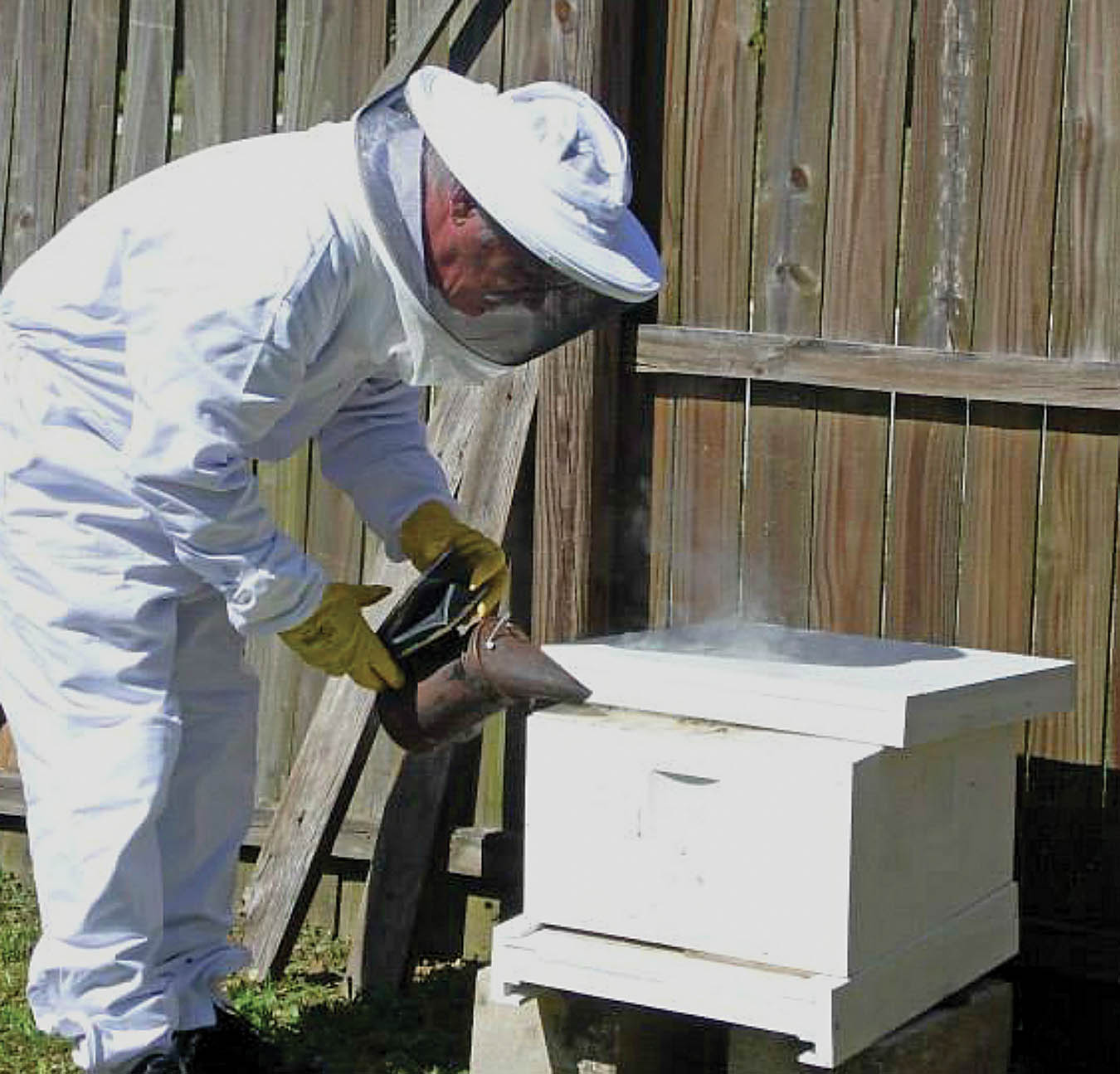
Bee suit, hive, and smoker
Finally, if you live in a rural area, consider whether there is livestock or wildlife that may be drawn to your bees. Many animals love honey as much as we do, and they will readily destroy a hive to get to it. Raccoons, skunks, and bears can all be a problem for your bees. So can toads! One got under our hive box in Florida, and it grew rather plump dining on our poor worker bees before we discovered it.
Once predators discover a “free honey lunch,” they will return repeatedly for more. So although it will add to your upfront costs, fencing off a small area of your property to secure your bees will be cheaper in the long run than replacing broken hive boxes and bee colonies. It’s far better to proactively keep predators away than to clean up the mess after your honey bees have been attacked.
Getting started
If you’ve now determined that you have the desire and space to keep bees, congratulations! You’re about to embark on a fascinating and rewarding adventure. Although there is no way to cover the entire spectrum of beekeeping in a single article, the following guidelines will get you started on the right foot and save you from having to learn as much as we did “the hard way.”
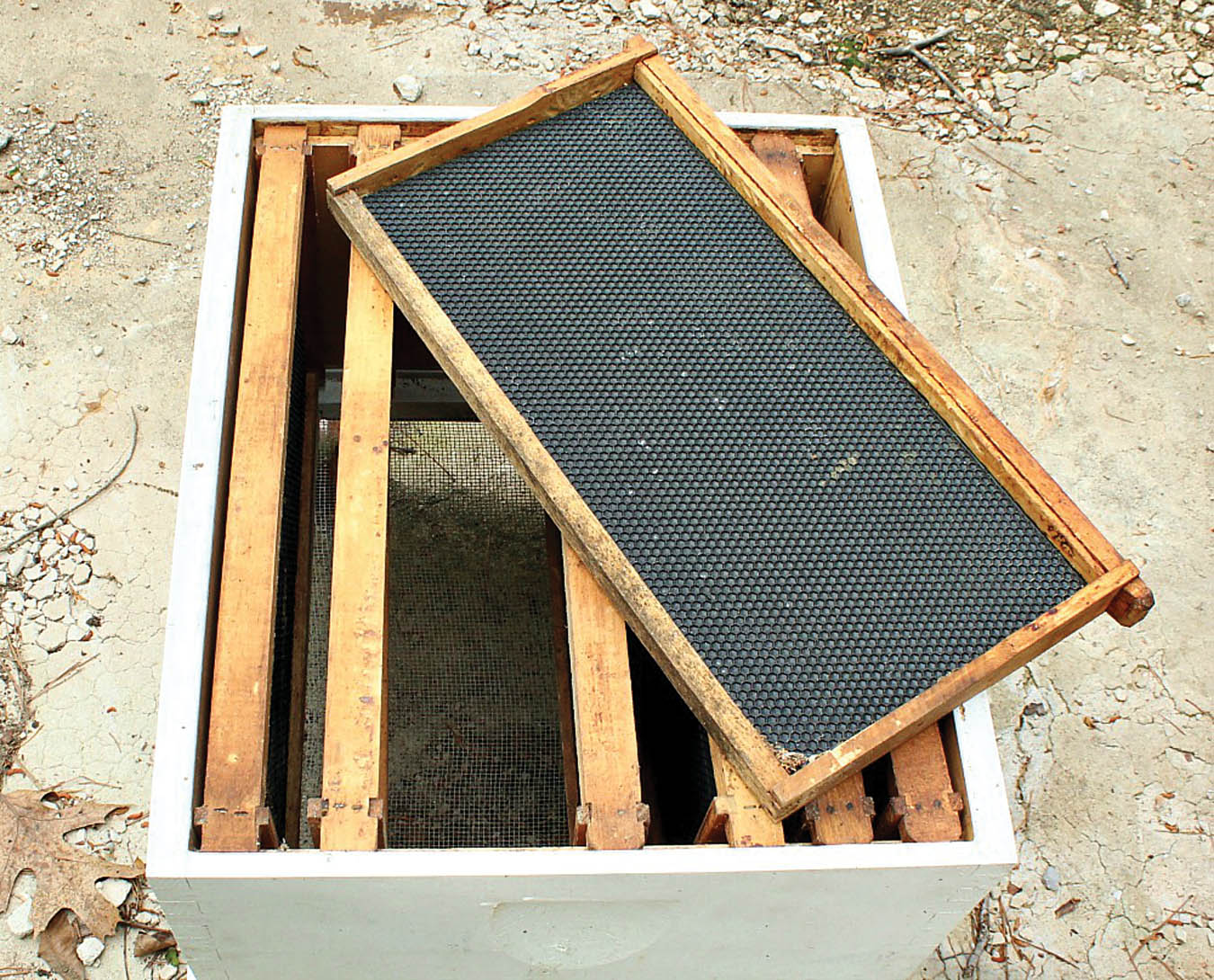
Hive box interior and frames
Join the club
If you are serious about becoming a beekeeper, one of the most beneficial things your can do for yourself and your bees is find the nearest Beekeeping Association and become a member. The cost to join is usually minimal (we paid $20 per year), and most chapters will let you attend a meeting or two for free. Gaining access to the knowledge and support of experienced beekeepers is truly priceless. The American Beekeeping Federation can help you find your closest chapter. Even if it’s a bit of a trek to get to the meetings, the insights you’ll gain there are, in our experience, very worth the time and effort.
Get your gear
You might be surprised to learn there isn’t all that much equipment required for beekeeping. The bees simply need shelter, water, and forage. Beekeepers need protective wear, a smoker, and a couple other helpful tools. Finding beekeeping supplies in most retail outlets can definitely be a challenge, though, especially in non-rural areas.
If you join a local beekeeping association prior to acquiring your equipment, you can ask for suggestions from the group on where the best local deals can be found on beekeeping supplies. If you’re lucky, other members might just have extra equipment or tools they will pass along to you for free or reduced cost.
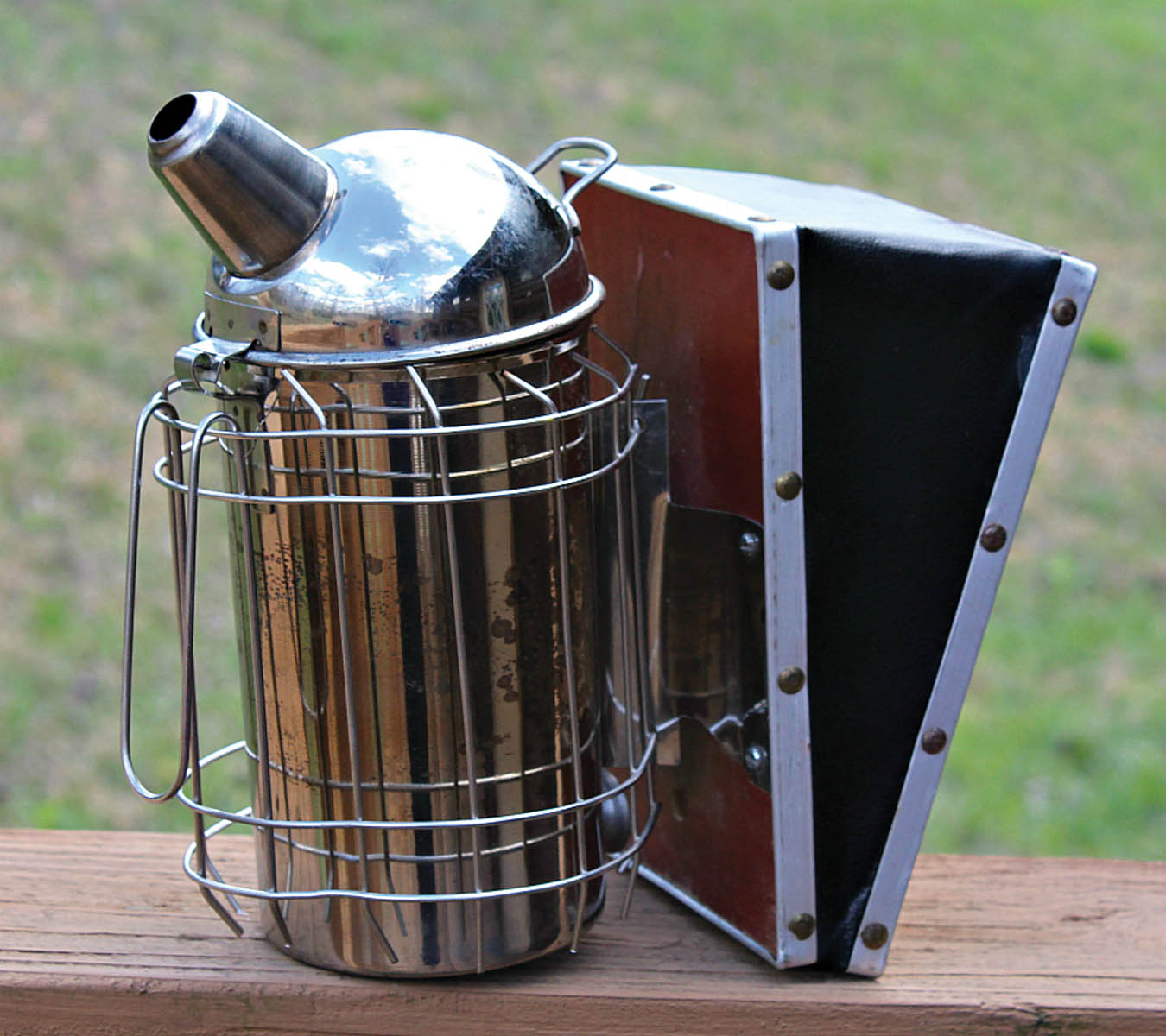
Smoker
If all else fails you can easily find all the supplies you’ll need online. You can order supplies individually or opt for “starter bundles” that include all the basics for a few hundred dollars.
The following checklist includes a brief description of the most important items you’ll need to get your backyard beekeeping venture going, and all of them can be found reasonably-priced on Amazon:
Hive box with frames: Also known as a “brood box,” this is where your bees will live and raise new bees (brood). The most common hive boxes hold 10 frames that fit closely together but can be lifted out for inspection. Frames typically come with foundation, which is a thin interior base of plastic or beeswax with honeycomb-shaped indentations upon which the bees build out their comb. Frames are also available without any foundation or with wires run across to support the comb. Over time, you will develop a preference, but it is important to use only one type within each hive box.
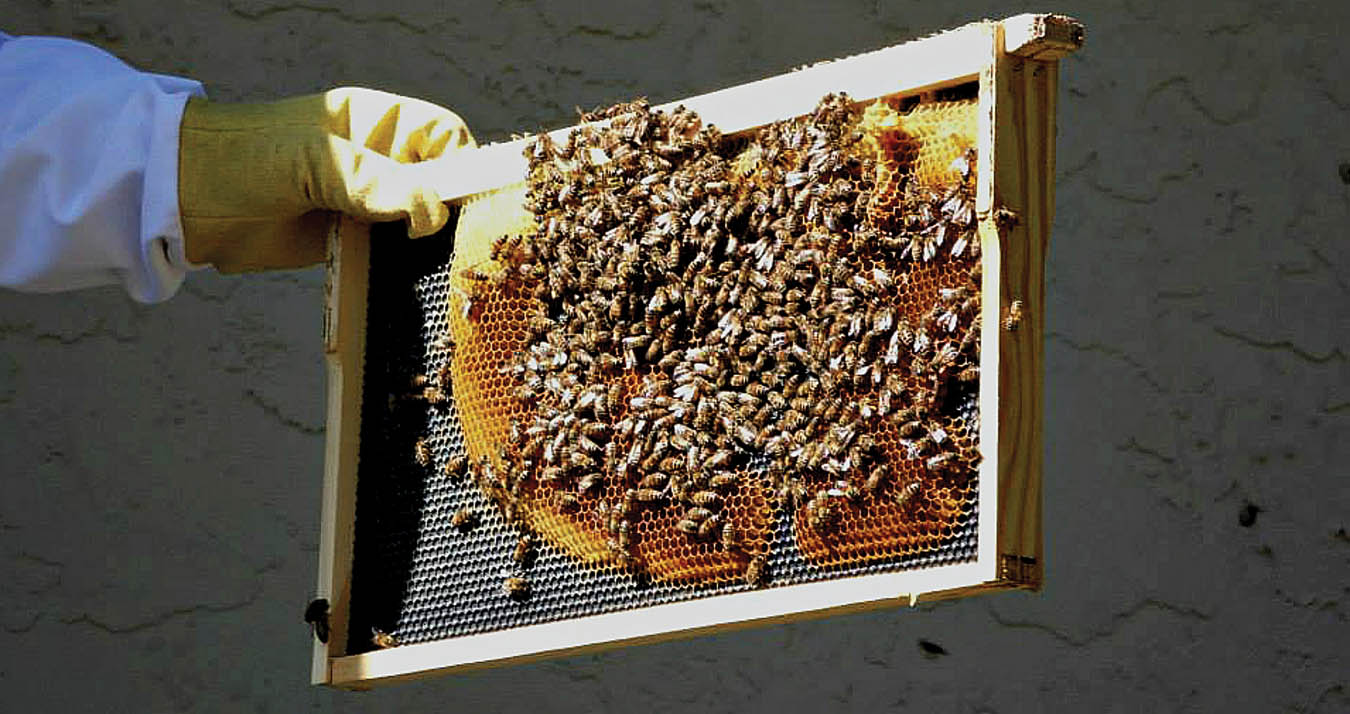
Hive frame with honeycomb and bees
Super with frames: The Super is a slightly shallower hive box that will sit atop the main hive box. It’s basically the “honey suite,” since this is where you’ll allow the bees to create “excess” honey — the honey you can harvest — once they have created adequate stores for their survival within the primary hive box. In an abundant (“flow”) year, you may need to stack a few supers on your brood box to accommodate honey production, but one super is typically sufficient the first year or two.
Queen excluder: This is a plastic or wire mesh that is layered between your hive box and super. The mesh allows the worker bees to pass through into the super to build out comb and honey, but the openings are too small to let the queen pass. She is thereby “excluded” from laying eggs in the super where you only want stores of honey, not baby bees.
Beekeeping suit: This is your all-important protective gear, and, for new beekeepers, more coverage is definitely better. The best beekeeping suit will be light-colored, heavy-weight cotton with elastic at the wrists and ankles. It will zip fully closed up the front of the body, and the accompanying veiled hat will also attach by zipper for full enclosure. Most beekeeping suits will come with gloves, but unless these fit perfectly, you may find it easier to use light-colored latex dish washing gloves. You’ll want your beekeeping suit to run a little large because the less contact the suit has with your skin, the less likely a bee stinger can reach you. Most importantly, you’ll want to ensure the veil is held firmly away from your face. As a beekeeper, it’s inevitable you will eventually be stung, but your face and neck is the last place you want that to happen.
Smoker: This is the beekeeper’s best friend. A few puffs of the cool smoke produced by the smoker make inspecting the hive safer and easier in two ways. First, the smell of smoke makes the bees inside the hive think they have to flee a fire, so they get busy gathering up honey in preparation. They will pay little heed to the beekeeper’s intrusion when focused on this survivalist task. Second, the smoke masks the “attack pheromone” odor secreted by the guard bees trying to warn the hive about the beekeeper’s presence. During this short window of “bee confusion,” the beekeeper enjoys relative calm while inspecting the hive.
Hive tool: This is simply a small, metal, crowbar-styled implement used to gently pry apart hive frames that have become stuck together by honey and beeswax.
Frame gripper: These are large tongs that clamp securely onto the hive frames to make it safer and easier to lift them out of the hive box for inspection.
Bee brush: The ultra-soft bristles on a bee brush allow the beekeeper to gently sweep bees back into the hive box after inspection so they are not crushed when the top is placed back on the hive.
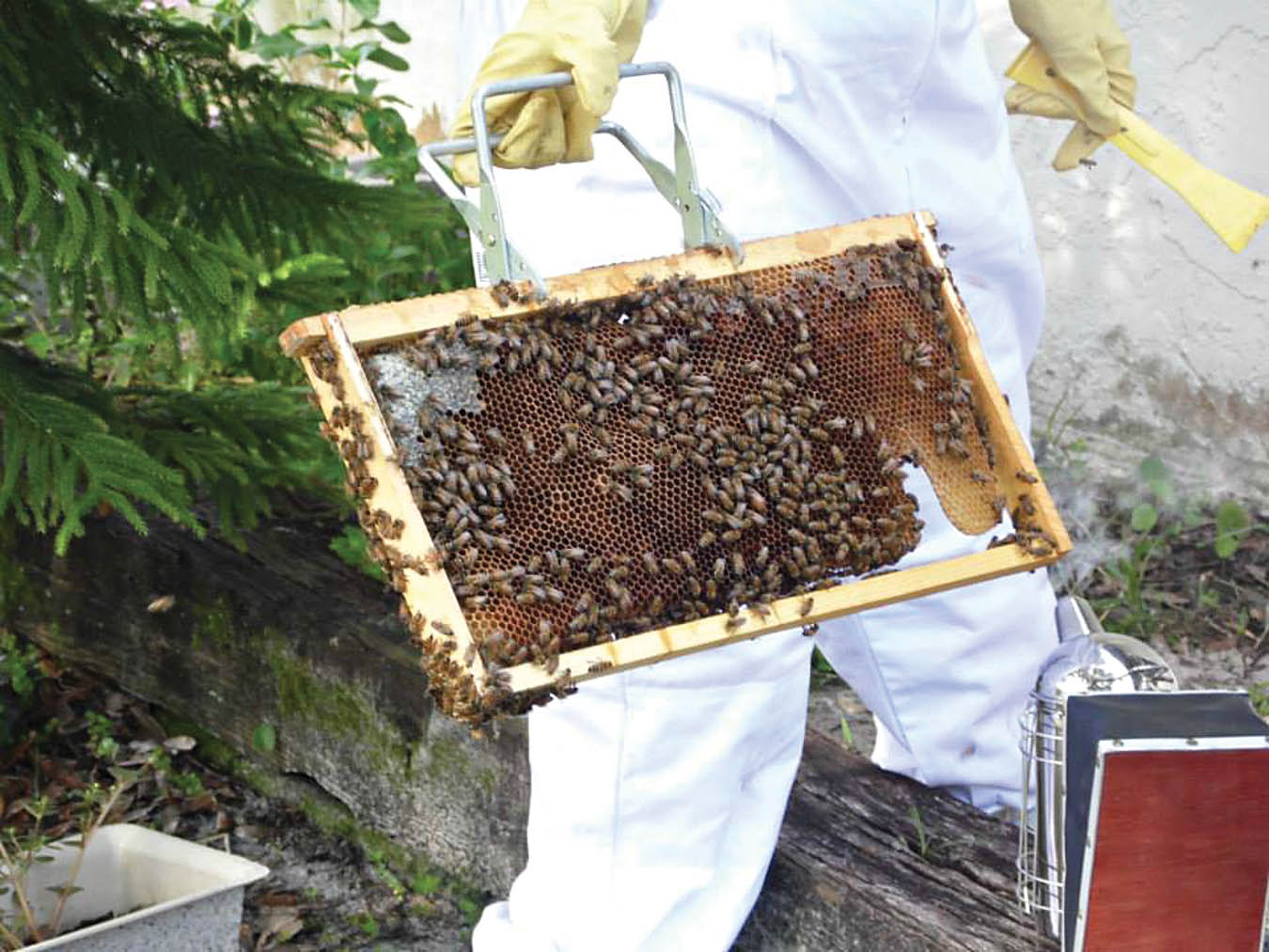
Frame gripper
Acquiring bees
Once you have your hive and beekeeping equipment, you’ll need to get some bees. It turns out we were pretty lucky in having a full honey bee colony delivered to us through a hive removal process. We’ve since learned that a lot of beekeepers get started by mail-ordering honey bees in the fall and winter for spring delivery.
While you may ultimately choose to order your bees by mail, we can’t help but encourage you to first reach out to local beekeepers to acquire your bees. If you buy your bees outright, you will not only be supporting a “neighbor beekeeper” but may very well make a supportive new friend in the process. If you find a beekeeper, like we did, who will sell you a removal hive, you will again have that one-on-one interaction with a knowledgeable expert but will also be saving a bee colony that might otherwise be exterminated. Either way, you’ll end up with bees that acclimated to the plants and climate of your region if you acquire them locally.
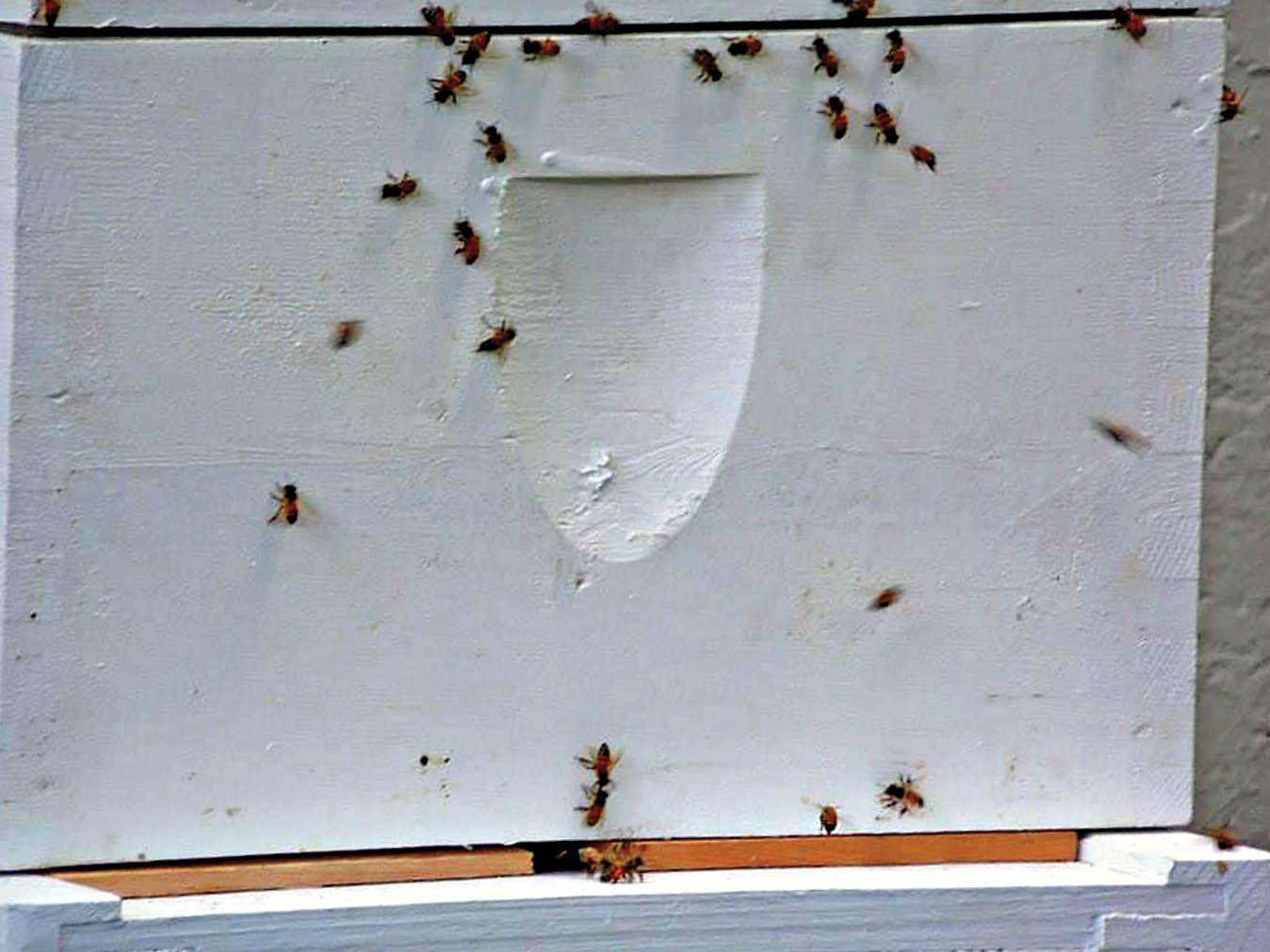
Bees at hive box
Making the hive a home
Once your bees arrive, you’ll want to do your best to help them not just survive, but thrive. Here are some of the most important tips our beekeeping experience taught us:
- Situate your hive box so that the morning sun falls on the entrance. Sunlight is the bees’ cue that the day has started, and it’s time to get busy. This will help them be their most productive.
- Provide your bees with a convenient source of clean water. Bees need water for honey production and to keep the hive cool. The less time your bees spend searching for water, the more time they have for supporting the hive and making honey. A birdbath or shallow dish will work fine as long as there is a dry edge or even small stones for the bees to settle on to take their drink (bees can’t swim). If keeping the basin clean is an issue, a slow trickle from a garden hose down along a slightly inclined board will keep your bees freshly hydrated.
- Limit artificial feeding of your bees. Remember that bees have survived for millions of years without human involvement. Allowing “bee wisdom” to guide the hive instead of introducing an artificial food source simply to boost honey production will help your colony survive and expand long-term. Beekeeping is an on-going venture, and patience in the first year or two will ultimately reward you with more resilient hives and increased honey harvests down the road.
- Leave the weeds. Many of the first plants of spring and final plants of autumn that we consider weeds are actually your bees’ first and last sustenance of the season. So don’t be too quick to mow them down.
- Eliminate chemicals from your yard. Bees need a clean, chemical-free environment to be healthy, so avoid using pesticides, herbicides, and weed killers. These aren’t good for the environment in general but can mean painful death to your new residents. Living with bees means living as organically as possible. Doing so will make your yard healthier for you, too!
- Plant a garden for your bees. Bees are capable of traveling many miles in search of pollen and nectar, but just because they can doesn’t mean they should. The more bee-friendly flowers and plants you can introduce into your bees’ immediate surroundings, the more efficient they can be supporting their hive and producing honey. Bee balm, sunflowers, coneflowers, and butterfly bushes are just a few of the multitude of plants that will please your bees.
- Observe your bees daily. By consistently watching your bees, you will learn what their normal behavior looks like throughout the day and will see how it changes with the weather or through the seasons. Simple observation can be your first clue to trouble within the hive.
- Inspect your hive regularly. The only way you will know if your bees are truly thriving is to take a look inside their world. Although you want to keep disruptions to a minimum, as a new beekeeper you should plan to inspect your bees on a weekly basis. This will give you the best opportunity to spot changes in the hive that might be problems early enough to remedy the situation.
- Double check before you inspect. After you open the hive is the wrong time to realize your frame grippers are nowhere in sight. For safety’s sake, always double check that your smoker is working properly, all your tools are at hand, and your bee suit is properly secured before you begin interacting with your bees.
- Arm yourself with resources. While it’s great to be able to ask fellow beekeepers for advice and guidance, you’ll also want to have a quick reference on hand for immediate answers when you’re dealing with your hive. A well-organized beekeeping book with clear pictures and illustrations will be one of your best investments.
- Enjoy the learning and the journey. Becoming a backyard beekeeper is exciting. It is also an ongoing commitment to learning about your bees. While this article provides enough guidance to get you started in beekeeping with more insight than we had when we began, it barely scratches the surface of all there is to know. We hope, like us, you’ll embrace with enthusiasm the process. Seek out other beekeepers, buy or borrow books on beekeeping, and utilize the vast number of online resources available to you if you have that access.
Honey bees are truly fascinating creatures, and, by becoming their caretakers, we literally enter a whole new world. In return, the bees reward our efforts by pollinating our gardens and sharing their excess honey and beeswax with us. All in all, it’s a pretty sweet deal.


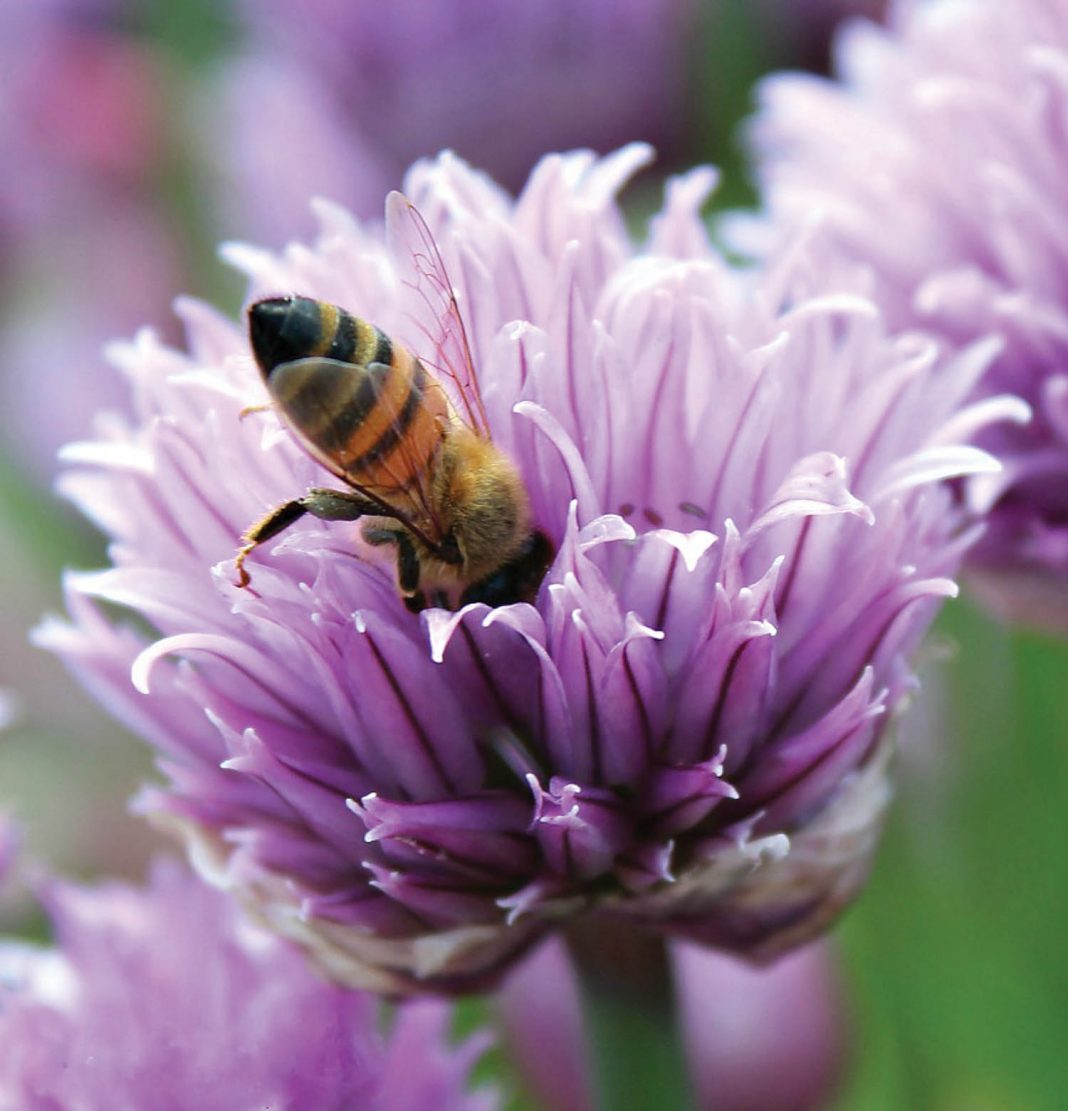

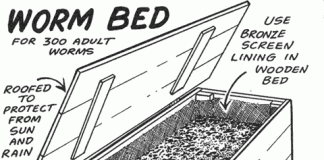





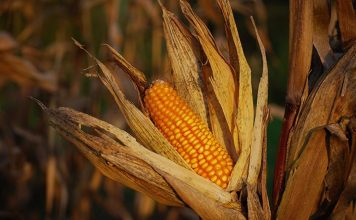



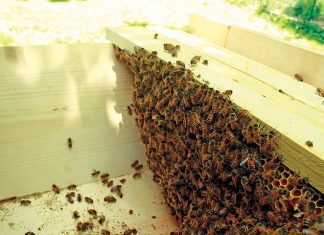
I love honey..but I am afraid of bees! I am highly allergic to wasp and yellow jackets… I don’t leave home without my epipen!